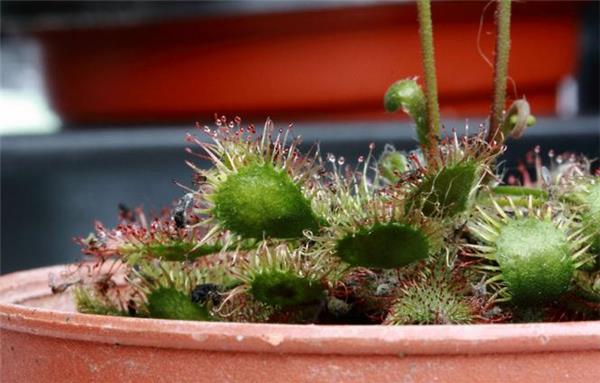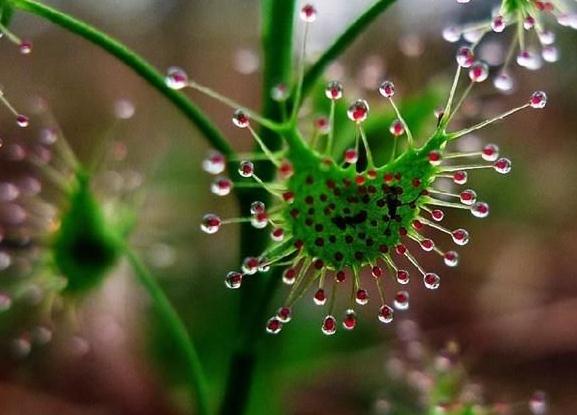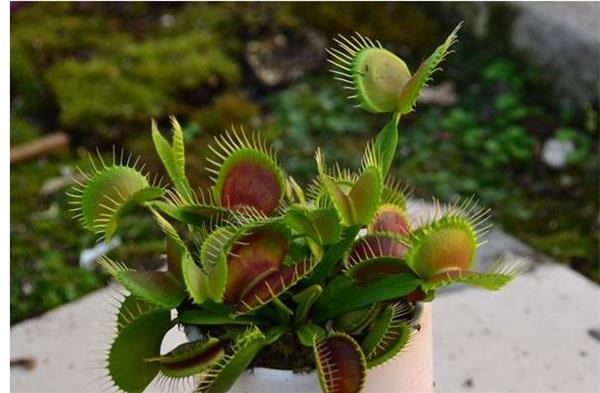Culture method of Cordyceps sinensis
Many friends do not have a special understanding of the breeding methods of Cordyceps sinensis, and there are always some problems in the breeding process. Today, let's introduce the breeding method of Cordyceps sinensis. Let's learn about it together.

Morphological characteristics of Cordyceps sinensis
Herbs annual, ebulbous, 6-38 cm tall, erect or creeping, stems shortly glandular hairy. Leaves alternate, light green or red, linear, flattened, 2-12 cm long and 1-3 mm wide, upper leaves straight, lower leaves recurved into pillars; stipules usually absent, sparsely reduced to hairy. Petiole and leaf blade are often indistinguishable, sometimes narrower than leaf blade, covered with short glandular hairs or glabrous, glabrous parts 0.8-2 cm longer; leaf blades covered with white or red long glandular hairs.
Culture methods of Cordyceps sinensis
1. Temperature control: the lowest temperature for Cordyceps sinensis sowing should be above 15 ℃, and the lowest temperature for overwintering during the growing period should be more than 10 ℃. In the north, it is appropriate to winter in the greenhouse to avoid freezing damage.
2. Seedling raising mode: Cordyceps should be sowed and raised in seedling box or hole tray, which should be put into greenhouse or small bow shed to increase germination rate, but not in open field.
3. Selection and preparation of substrate: the cultivation substrate of Cordyceps sinensis should be relatively loose, fertile and strong water-holding capacity, or the seedling substrate sold in the market.

4. Matrix disinfection: the substrate should be disinfected when sowing Cordyceps sinensis to prevent the invasion of diseases and insect pests, the substrate should be dried and used, and the matrix should be soaked with disinfectant after sowing.
5. Sowing method: because the seeds of Cordyceps sinensis are small and inconvenient to operate, it is best to fix the seeds on the absorbent paper, one seed in a red circle, cut off the seeds together with the absorbent paper before sowing, clamp the absorbent paper with sharp-nosed pliers, and place them on the surface of the substrate. The suitable sowing rate is 1ml / hole.
6. Mulching: the seeds of Cordyceps sinensis have good light and need proper light to germinate better, so there is no need to cover after sowing.
7. Spray moisturizing: after Cordyceps sinensis sowing, the substrate should always be kept moist, water can be sprayed with fine mist or soaked from the bottom of the plate, the water should be used after disinfection with strong chlorine or parathion, and the relative humidity should be kept at about 90%.
8. Sunshade: Cordyceps is afraid of strong light, so it is not suitable for strong light after sowing and seedling stage, so it is necessary to use sunshade net to protect the growth of Cordyceps sinensis.

9. Seedling emergence: when the temperature and humidity are suitable, the fastest emergence of Cordyceps sinensis is only about 25 days, and the slowest seedling will only emerge after two months.
10. Disease prevention at seedling stage: the growth of insectivorous grass seedlings is relatively slow, so we should pay attention to preventing diseases and insect pests, pay attention to ventilation and ventilation in daily maintenance, prevent rain, and spray 50% carbendazim wettable powder 800-1000 times regularly.
11. Transplanting seedlings: seedlings of Cordyceps sinensis can be moved into the basin for cultivation after growing up to 5 centimeters high. When transplanting seedlings, you must take root protection. It is best to plant a little deeper, one centimeter deeper than the original soil each time. It is best to carry out two transplants before pot culture, so that the seedlings are more robust, and the leaves are long and beautiful.

This is the end of the introduction of Cordyceps cultivation methods. I believe that after reading it, we will have a certain understanding of Cordyceps cultivation. If there are friends who want to cultivate Cordyceps, you can refer to the relevant knowledge that I introduce to you.
Related
- Wuhan Hospital Iron Tree Blooming Result Was Instantly Frightened by the Gardener Master
- Which variety of camellia is the most fragrant and best? Which one do you like best?
- What is the small blue coat, the breeding methods and matters needing attention of the succulent plant
- Dormancy time and maintenance management of succulent plants during dormancy
- Minas succulent how to raise, Minas succulent plant pictures
- What are the varieties of winter succulent plants
- How to raise succulent plants in twelve rolls? let's take a look at some experience of breeding twelve rolls.
- Attention should be paid to water control for succulent plants during dormant period (winter and summer)
- Watering experience of twelve rolls of succulent plants
- Techniques for fertilizing succulent plants. An article will let you know how to fertilize succulent plants.



